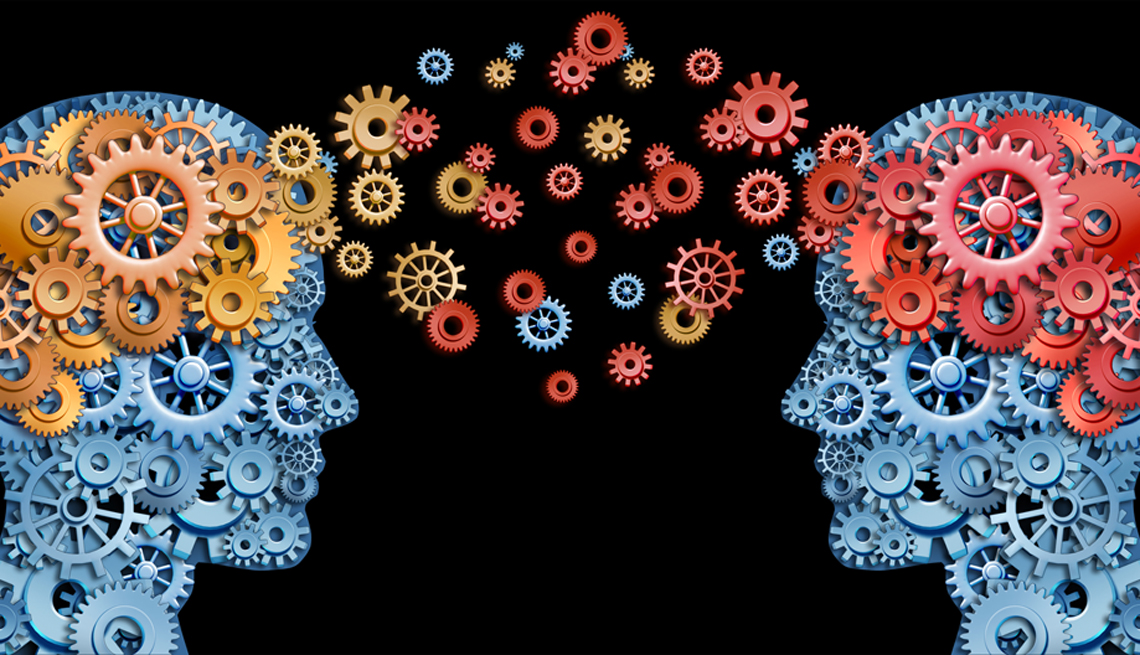
2017 AARP Cognitive Activity and Brain Health Survey
- Select a language for the TTS:
- UK English Female
- UK English Male
- US English Female
- US English Male
- Australian Female
- Australian Male
- Language selected: (auto detect) - EN
Play all audios:
by
Laura Mehegan, AARP Research
,Gerard 'Chuck' Rainville
&Laura Skufca, AARP Research
Updated July 25, 2017 AARP Research AARP Research Published July 25, 2017 / Updated July 25, 2017AARP conducted a study of adults age 40+ to characterize participation in cognitively stimulating activities (CSAs). The study sought to understand factors that influence the participation
in CSAs along with the relationship to brain health and mental well-being. The study also explored adults’ willingness to include more CSAs in their daily routine and their willingness to
participate in cognitive training.
Key findings include:
Adults who self-report their cognitive functioning, health, and well-being higher:Engage in more cognitively stimulating activities (CSAs) per week.Have higheraverage mental well-being scores.Have a desire to do even more to improve their brain health. Over eight in 10 adults age 40+ said they are willing to participate in cognitive training and
three-quarters are willing to spend 15-minutes or more per day engaged in it. Those who are most willing to participate rate their current cognitive abilities the highest.About one-quarter
of adults age 40 and older, and more than four in 10 of those who identify as racial/ethnic minorities, believe that the best way to maintain/improve brain health is to play brain games.
Little scientific evidence currently supports this notion. The most-frequently reported barrier to adding more mentally-stimulating activities is being uncertain of which activities benefit
brain health. Attending religious services is a top activity adults age 40+ believe maintains or improves brain health.The top five activities adults age 40+ are willing to give up in order
to add more mentally-stimulating activities are: watching TV/streaming movies, surfing the internet, playing online games not meant for brain training, recreational shopping, and doing
nothing in particular. Less than half of adults age 40+ are confident they can add more mentally-stimulating activities into their weekly routine and say they intend to do so.
Interviews were conducted online among 1,140 adults age 40+ using GFK’s Knowledge Panel from May 3-18, 2017. Additional interviews were conducted among African American/Black,
Hispanic/Latino, and Asian adults age 40+. The data is weighted to reflect Current Population Survey and American Community Survey benchmarks. For more information, contact Laura Mehegan
at [email protected] or (202) 434-3503. For media inquiries, contact Greg Phillips at [email protected] or (202) 434-2544.
Suggested Citation:
Mehegan, Laura, Chuck Rainville, and Laura Skufca. 2017 AARP Cognitive Activity and Brain Health Survey. Washington, DC: AARP Research, July 2017. https://doi.org/10.26419/res.00044.001
MORE FROM AARP
The Risk of Traumatic Brain Injury Among Adults 65-Plus
A new AARP Research survey among adults 18-plus explores their familiarity and experiences with traumatic brain injury. Adults 65-plus are at greatest risk.
Brain Health–Hearing Connection: Public Needs and Opportunities
This study explored older adults' attitudes about hearing health and hearing loss and it's connection to brain health, dementia, and depression.
AARP Research Insights on Brain Health
AARP Research on brain health highlights U.S. adults' experiences with dementia, delirium, music and brain health, and mental health.
Music Nourishes and Delights
Music benefits adults' overall health, brain health, cognitive function, depression, anxiety, and mental well-being.
2020 AARP Delirium and Brain Health Survey
Delirium is a complication from a hospitalization or surgical procedures, but adults age 50-plus are largely unfamiliar with it.
{ "maxItems":5, "itemsPerRow":"3", "rows":"4", "loadMore":"6", "adsNum":"0", "resultsLength":"5" }